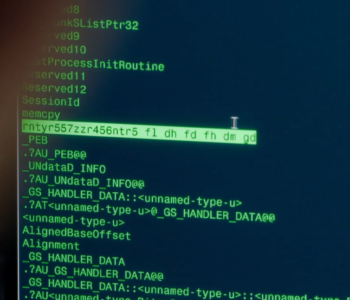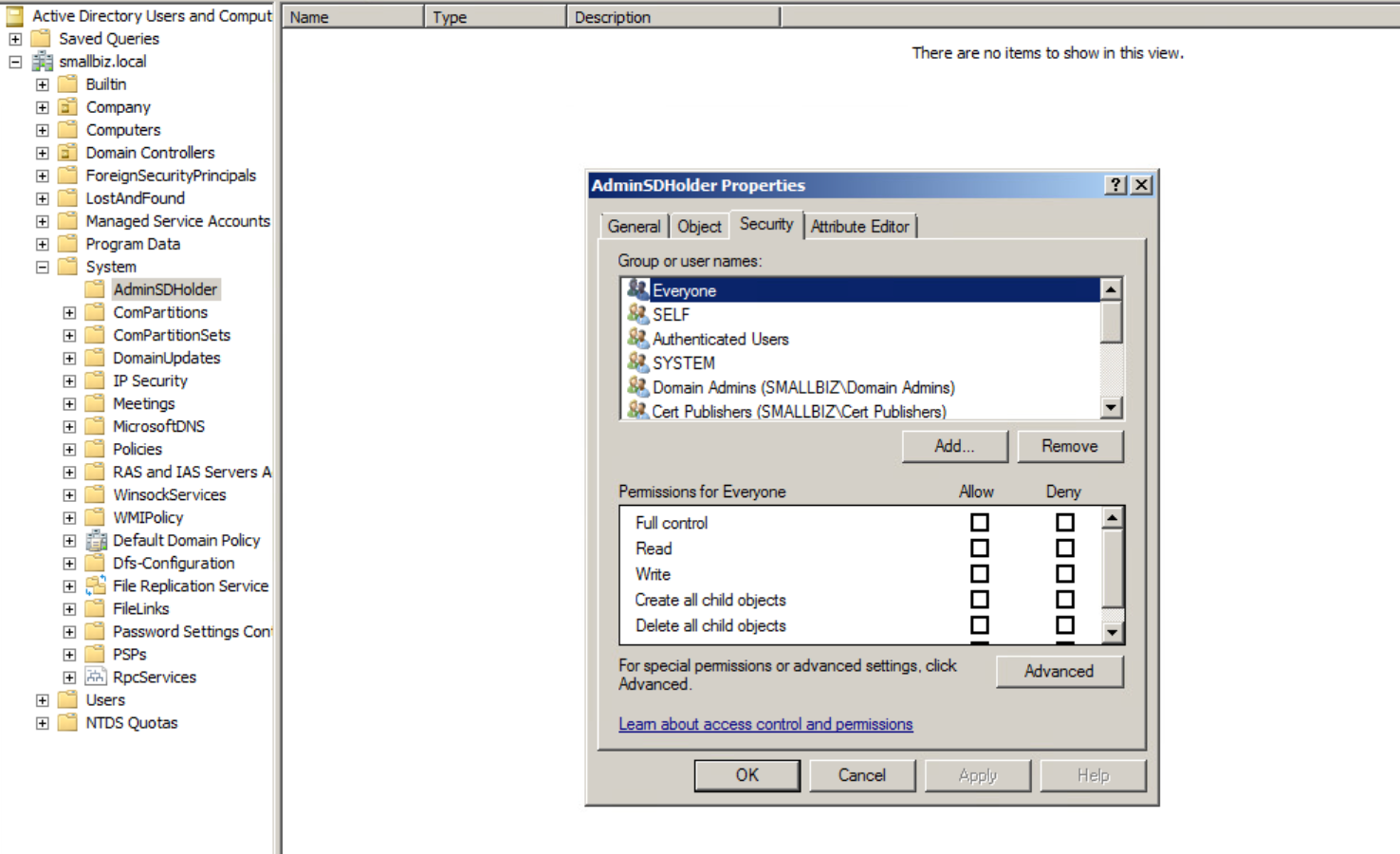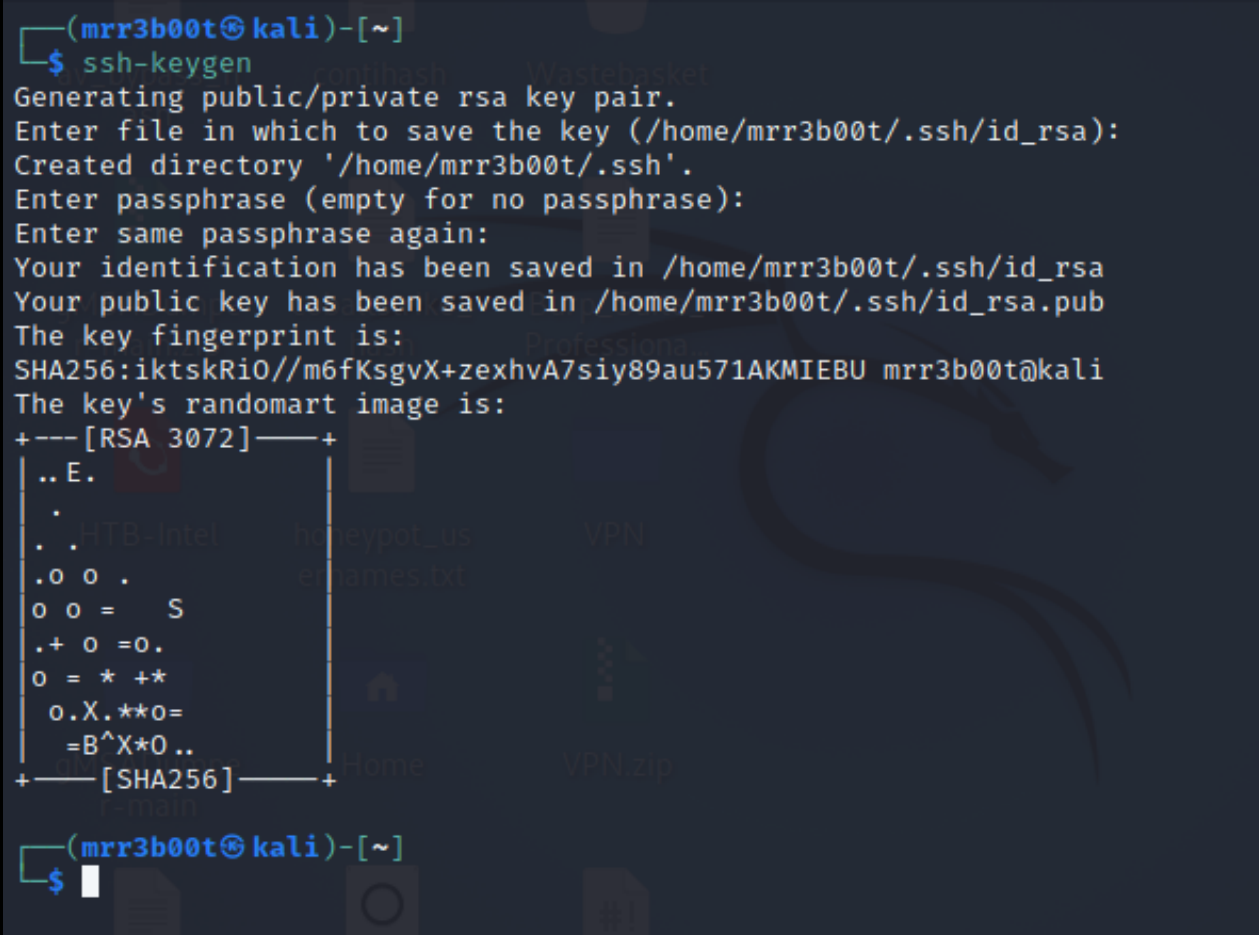 Guides
Guides
Practical Security Assurance
Penetration testing, adversary simulation, red teaming, purple teaming, rainbow teaming, call if what you like, the security outcome we are working towards is:
- Improved Security Posture
- Assurance of security investments and controls
- Enablement of information sharing
- Collaboration and Understanding
- Identification of strengths and weaknesses
- Optimization and Improvement Opportunities
This is to support the organisations mission, vision, goals, and objectives. Cyber security is to support and enable the organisation’s capability to execute digital services in a safe manner.
Read more “Practical Security Assurance”








